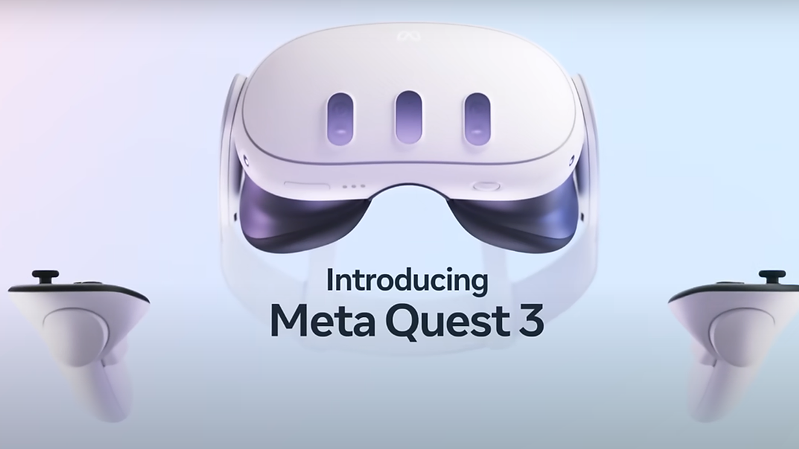The highly anticipated Quest 3, the latest virtual reality headset from Oculus, has recently achieved FCC certification. This landmark achievement assures consumers that the device complies with Federal Communications Commission standards for electromagnetic interference and radio frequency emissions.
With this certification, Oculus ensures that Quest 3 meets stringent safety and performance requirements, making it a reliable and trustworthy choice for VR enthusiasts.
One notable aspect of the FCC certification is its indication that the Quest 3 may support 6GHz frequencies. This development holds immense potential, as it could pave the way for enhanced wireless performance and an even more immersive virtual reality experience.
By supporting these higher frequencies, users may enjoy reduced latency and improved connectivity, resulting in smoother gameplay and more seamless interactions.
Understanding The Importance Of FCC Certification For Quest 3
An FCC certification means that a device meets specific standards set by the Federal Communications Commission (FCC). In the case of Quest 3, obtaining FCC certification is a crucial milestone.
By obtaining FCC certification, Quest 3 demonstrates its adherence to stringent guidelines that ensure optimal performance and safety for users.
The certification process involves rigorous testing and evaluation, encompassing various aspects such as wireless communication protocols, electrical safety, and product labelling.
For potential buyers, FCC certification provides peace of mind knowing that their investment in Quest 3 meets regulatory requirements. It also signifies that the device has minimal potential interference or health hazards.
Exploring The Enhanced Connectivity Options Of Quest 3
Quest 3 boasts enhanced connectivity options with its potential support for 6GHz frequencies. This advancement opens up exciting possibilities for wireless communication, offering faster data transfer rates and reducing latency.
With 6GHz compatibility, users can expect improved multiplayer experiences, smoother streaming capabilities, and enhanced online connectivity.
The integration of this cutting-edge technology in the Quest 3 empowers users to fully immerse themselves in virtual environments without worrying about connection issues.
This new frequency band could bring significant benefits to the headset, revolutionising the virtual reality (VR) experience. Firstly, supporting 6GHz would result in improved network performance.
This means smoother gameplay, seamless streaming, and enhanced multiplayer experiences on the Quest 3. Moreover, by utilising this less crowded frequency band, users can expect less interference from other devices operating on common frequencies like 2.4GHz or even existing 5GHz networks. This reduction in interference would lead to more stable connections and a more reliable VR experience overall.

